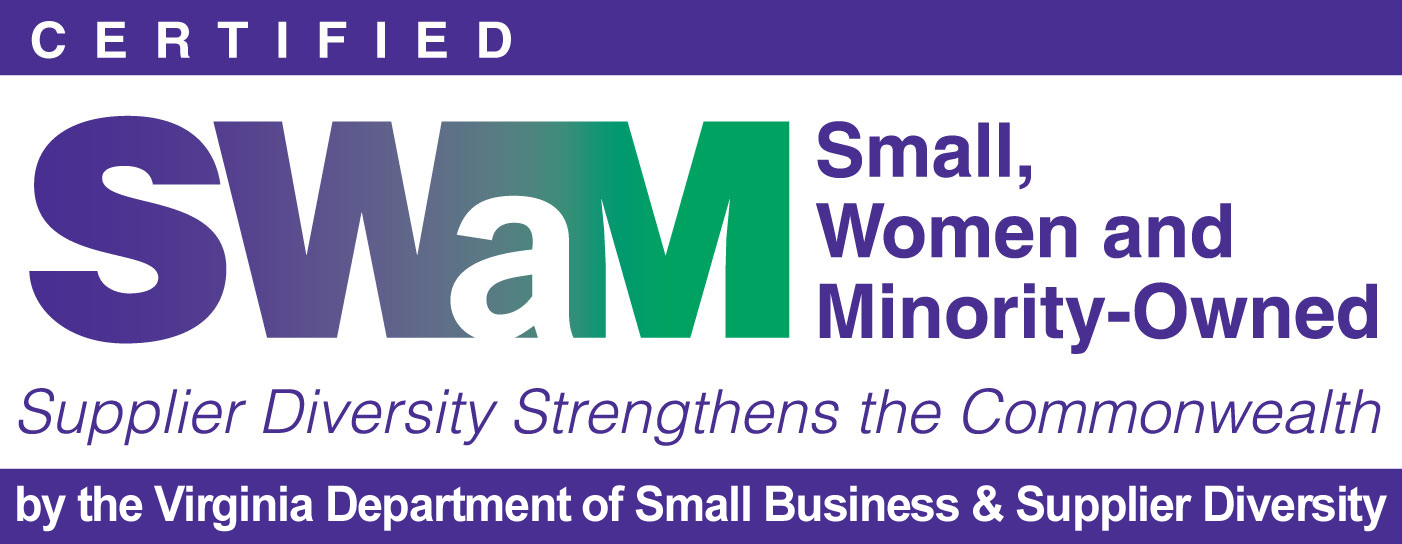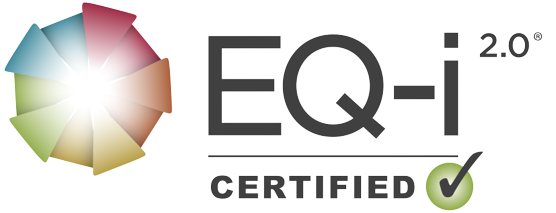
From mentorship programs to cross-functional teams, more and more companies are using collaborative learning to spark their collective success.
As shared workspaces expand from offices and labs into virtual environments and home offices, collaboration is taking on a whole new meaning. Today, effective collaboration is far more complex and nuanced.
It requires communication skills and emotional intelligence.
It demands personal accountability and team ownership.
It thrives with transparency, diversity of perspective, and generous knowledge-sharing.
And it needs an ongoing commitment, an intentional focus, and plenty of opportunities to shake things up.
According to career expert Zippia:
- More than 50% of workers in the United States state their jobs require collaboration.
- About 75% of employees rate teamwork and collaboration as very important.
- Almost 90% of leaders surveyed blame a lack of collaboration for workplace failures.
- Companies that promote collaboration and communication have reduced their employee turnover rates by 50%
While there’s no question that collaboration can have a profoundly positive impact on employee engagement, well-being, performance, and retention, how can it support leadership development, particularly with engineers?
In my work, collaborative learning is one of the most powerful ways to share knowledge across departments and leadership levels. I call this “experience by osmosis”—the distribution of knowledge throughout an organization. We help companies open up opportunities for knowledge and experience sharing in two ways: mentorship and peer-to-peer.
Where mentorship focuses on learning and retaining institutional knowledge and lessons learned, peer-to-peer collaboration taps into shared technical knowledge as well as critical skills in communication, self-awareness, strength assessment, and emotional intelligence. And both are critical to sustaining high-functioning leaders and high-performing teams.
Here’s why collaborative learning is the fastest way to share knowledge.
Mentorship accelerates growth and flattens learning curves—for mentee, mentor, and the company as a whole.
While some benefits of mentorship are obvious—retaining institutional knowledge, passing down learnings, etc—one of the hidden positives is the cultural expectation of knowledge transparency and generosity. To mentor is to give back and pay forward at the same time. It’s common for mentees to take more initiative in the workplace and mentor others as a standard practice, a side effect of receiving such a gift themselves.
This creates a flywheel of leaders who bring up other leaders at every turn, which is accelerated when engineers engage in rotational development. It doesn’t take long for a company to experience an entire wave of leaders who “lift as they climb.”
If mentorship has so many benefits, why are mentorship programs so hard to commit to?
It is worth noting that as many benefits as there are to mentorship programs and initiatives, they can be tough to establish. Many a senior employee or manager view mentorship as a worthy investment, but one that requires time they don’t have. While they desire to position the company for future success, it’s easy to be nearsighted and engrossed in their immediate project loads, so much so that they have little foresight for the benefits their mentorship could provide.
However, those who have experienced mentorship personally know that mentoring is not a one-way street. Not only do mentorship programs strengthen working relationships and increase retention, they also provide learning and professional opportunities for both participants.
- Mentees develop expertise, learn critical skills, and build a network that will enable them to problem-solve faster and more effectively—growing their career and adding significant value to the company. With access to a higher baseline of knowledge and experience, mentees can develop their skills more quickly and effectively, without the need to start from scratch.
- Mentors also get a better understanding of their company, their industry, and themselves through a different shared perspective—many see issues and opportunities they didn’t know existed, connect to a larger network, and create even more value and influence within their organization.
In fact, one study involving Sun Microsystems showed benefits for both mentees AND mentors—and both were tapped for raises and promotions at a significantly higher rate than their non-program peers.
Collaborative learning builds stronger, faster, cross-functional teams.
By encouraging work in and among different teams across the company, a collaborative approach not only helps to build team leadership, but also helps teams learn to work together more effectively. A crucial component of this benefit is emotional intelligence, or learning how to leverage the strengths in people with different backgrounds, experiences, and personalities. A healthy collaborative support model incorporates emotional intelligence assessments to help companies start building more productive and thriving teams.
Incorporating mentorship into collaborative learning accelerates development and facilitates the transfer of knowledge, bridging gaps between functional departments, and senior and junior engineers. This ‘tighter’ organizational model establishes an unmatched pace, giving companies a competitive advantage.
When combined with experiential development, immersive engagement, and rotational exposure, collaborative learning creates a workplace where valuable skills, institutional knowledge, and emotional intelligence are shared day-to-day, peer-to-peer, and mentor-to-mentee—to create a high-performance culture of learning, leadership, and leaning in.
At Minett Consulting, we help companies transform high-performance engineers into high-impact leaders through real-world, hands-on, on-site leadership development. We build on your existing systems to empower, equip, and effectively retain and promote emerging leaders while creating a powerful flywheel of collaboration, immersive engagement, rotational exposure, and experiential development throughout your entire organization. Find out where your company should focus first —take the Engineers-to-Leaders Company Assessment.








